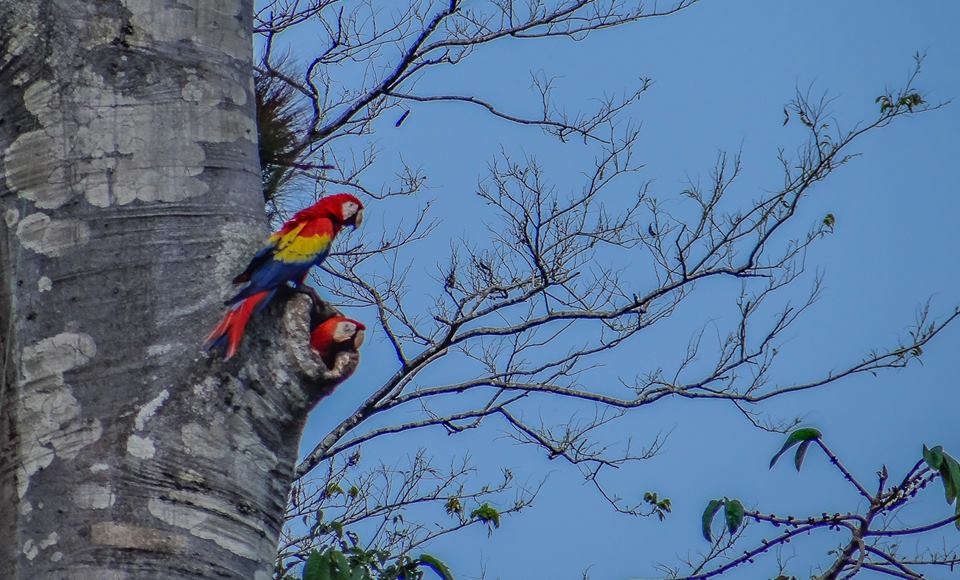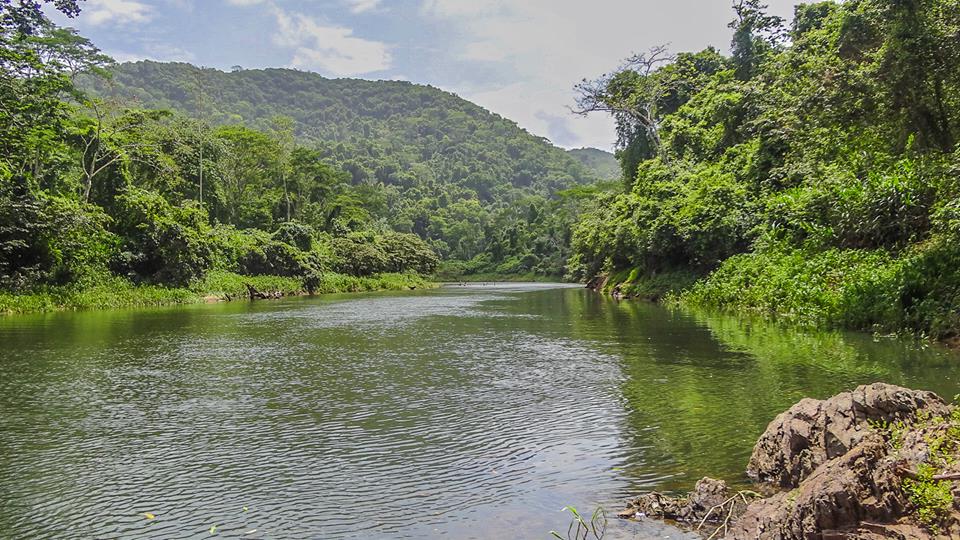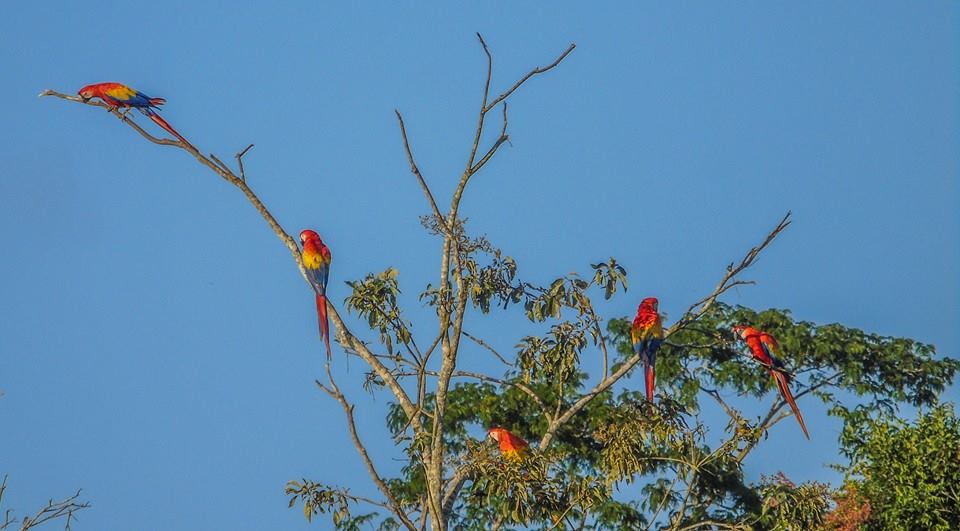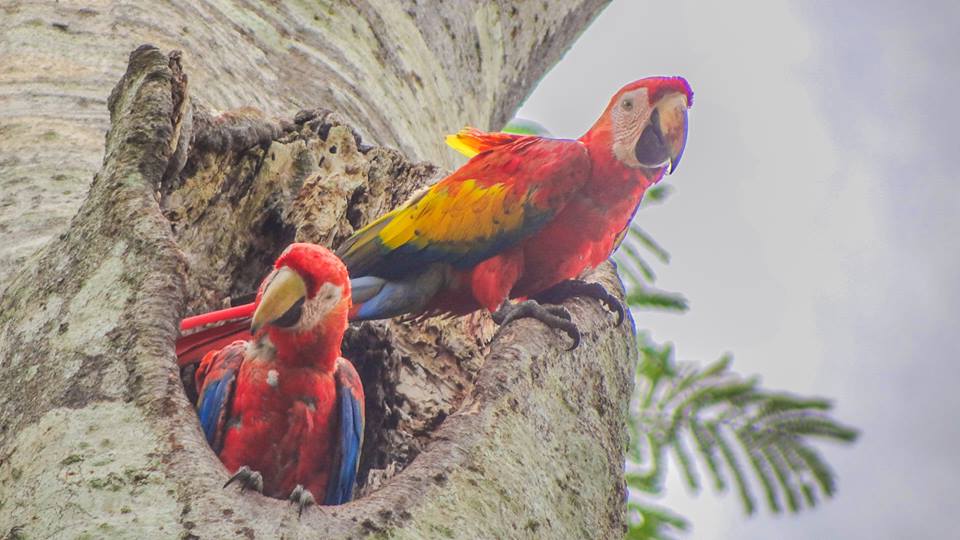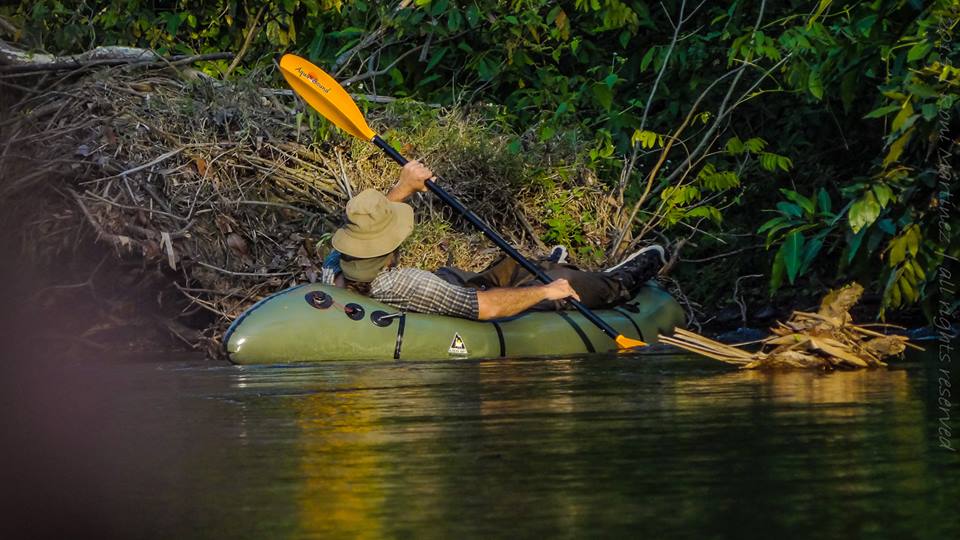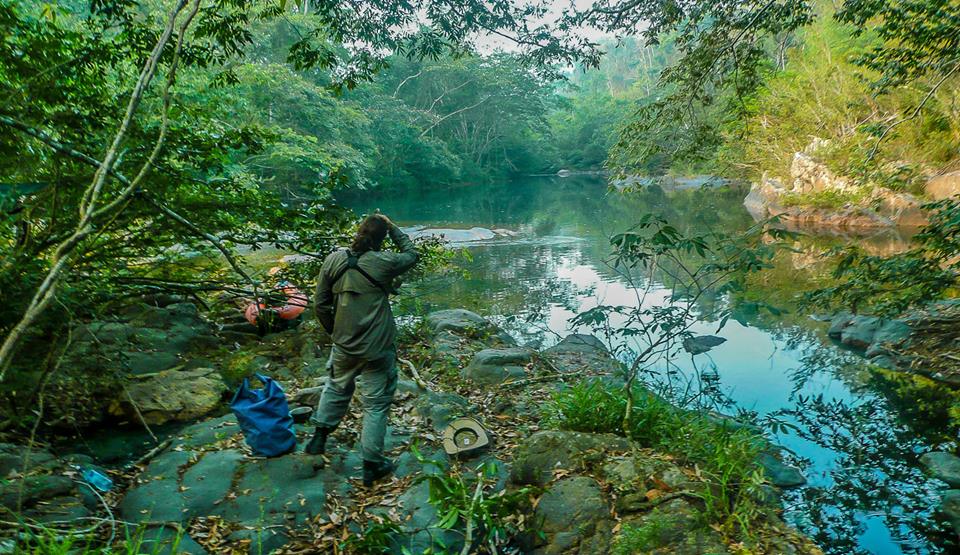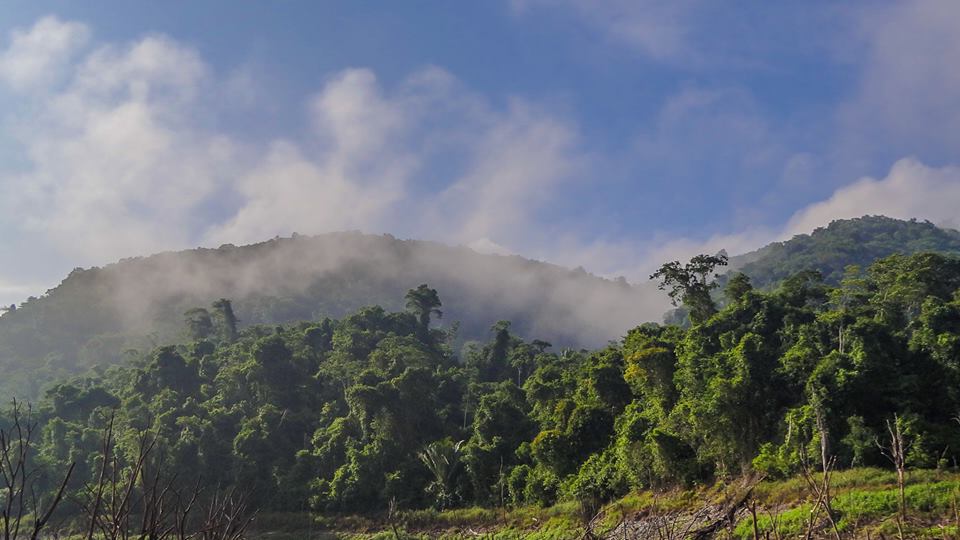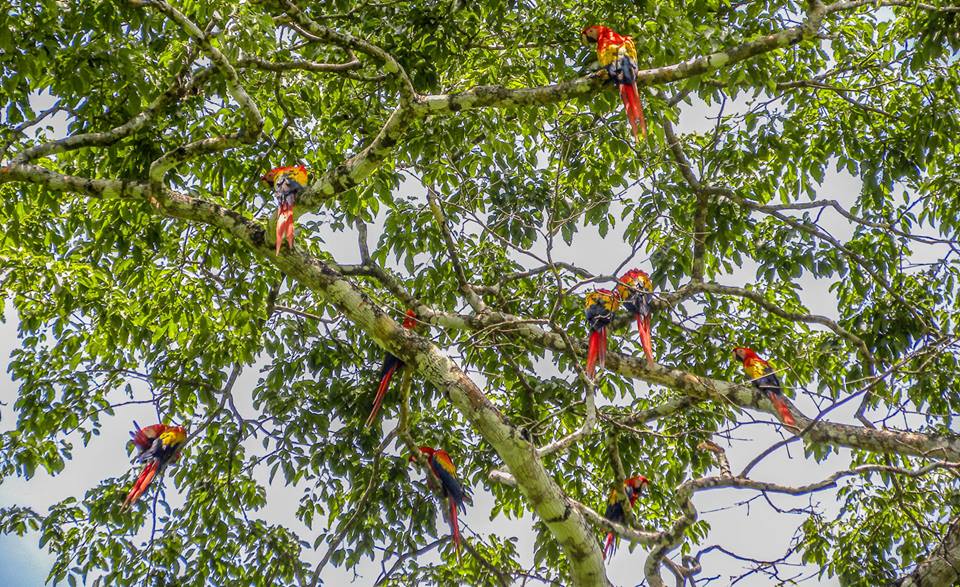scarlet macaw project
The Scarlet Macaw (Ara macao) is a large, secondary cavity-nester, with a distribution ranging from southern Mexico to northern Bolivia. The distribution of the northern subspecies (Ara macao cyanoptera) includes Mexico, Belize, Guatemala, Honduras, and Nicaragua. Costa Rica is a hybrid zone with the nominal subspecies (A. macao macao).
Distribution in Belize
The distribution of the northern subspecies in Belize restricted Maya Mountains and Chiquibul Forest. Historically, Scarlet Macaws were observed in central Belize, Mountain Pine Ridge, Eastern Branch of the Belize River, near the Hummingbird Highway, and upper South Stann Creek, including the Cockscomb Mountains. More recently, they have been observed from BEFREE (Toledo District) to Sittee River and Cockscomb Basin (Stann Creek District) on the east side of the Maya Mountains, and from the central Mountain Pine Ridge to southern Chiquibul Forest (combined Chiquibul Forest Reserve and Chiquibul National Park) on the west side of the Maya Mountains (Cayo District). The breeding distribution has been primarily documented in the riparian areas of the Chiquibul Forest; Upper Macal River and tributaries, Raspaculo Branch and tributaries, Monkey Tail Branch, and Chiquibul River. However, nests in upland habitats have been observed near Las Cuevas Research Station and the Las Cuevas Road.
Threats to survival
Internal and illegal trade is persistent across its range. The northern subspecies, A. m. cyanoptera, which has declined significantly, has a disjunct range between northeastern Nicaragua and southern Mexico. Habitat destruction and the illegal pet trade have resulted in isolated populations and reduced population viability, putting these populations at risk. It is described as ‘endangered' in Belize, with fewer than 250 individuals. Scarlet Macaws exhibit low fecundity, so even low rates of poaching and other causes of nest failure may significantly affect population viability. Parrot poaching is generally an opportunistic source of income. This is thought to be the case in Belize, where Guatemalans poach nests in addition to illegally extracting other natural resources. In 2010, Britt et al. conducted a nest survival analysis of breeding Scarlet Macaws in Belize and Guatemala. Their nest survival estimate suggested that overall reproductive success was too low to sustain a viable population in Belize. The major threat to the survival of A. macao cyanoptera in Belize was determined to be poaching by Guatemalans. Scarlet Macaw nest poaching is a substantial cause of nest failure in the Chiquibul Forest of Belize.
What we are doing to help the species
Friends for Conservation and Development (FCD) began a limited nest monitoring effort in 2008, focused on the Chalillo Reservoir. Fifty percent of monitored nests were poached. By 2011, 88.9% of monitored nests in this same area were failing due to poaching. A more intensive, collaborative effort nest monitoring and protection effort between Scarlet Six Biomonitoring Team (S6) and FCD was initiated in 2012 and continues through 2016. From 2012 – 2014, poaching ranged between 27 and 33.3% of monitored nests. The Scarlet Macaw Working Group (SMWG) decided to directly intervene at nests with a high threat of being poached and/or with health risks. A field laboratory was established to hand raise chicks from these nests with the goal of reintroducing chicks to ‘safe’ active nests or for eventual soft release. The Scarlet Macaw Working Group was able to significantly reduce the threat of poaching to breeding Scarlet Macaws in Belize. In fact, there were no known occurrences of poaching amongst nests that were monitored. This was the result of a two-pronged strategy. First, both organizations collaborating on nest protection (FCD and S6) were able to deploy a large contingent of volunteers to supplement field staff. Second, establishing a field laboratory to raise at-risk chicks gave us the ability to remove chicks from areas most likely to be affected by poachers.
Future work with the species
As we continue to use this two-pronged strategy, we must examine whether our efforts are providing relief to the overall viability of this species in Belize. We are removing what might be considered the lowest hanging fruit to the poachers. However, from prior research we know that Scarlet Macaws are breeding outside of the Chalillo Reservoir. Poachers may change their strategy to begin to targeting nests that occur along the rivers upstream of the reservoir. We know that they already do this in an opportunistic manner while harvesting other non-timber forest products. Identification of at-risk nests located beyond the Chalillo Reservoir and appropriate mitigation may be necessary to ensure that the problem of poaching is actually being reduced and not simply being shifted to a different area(s).
Collaborating Institutions
Belize Audubon Society
Belize Wildlife and Referral Clinic
Belize Forest Department
Hagen Avicultural Research Institute
National Audubon Society
Publications
Martinez, RA and CR Britt. 2015. Scarlet Macaw Conservation Efforts in the Chiquibul: 2015 Season. Scarlet Six Biomonitoring Team. Report to Belize Forest Department. Belmopan, Belize. 12 pages.
Britt, CR, Garcia Anleu, R, and MJ Desmond. 2014. Nest survival of a long-lived psittacid: Scarlet Macaws (Ara macao cyanoptera) in the Maya Biosphere Reserve of Guatemala and Chiquibul Forest of Belize. The Condor 116(2): 265-276.
Britt, CR and RA Martinez. 2014. Scarlet Macaw Conservation Efforts in the Chiquibul: 2014 Season. Scarlet Six Biomonitoring Team. Report to Belize Forest Department. Belmopan, Belize. 11 pages.
Britt, CR and RA Martinez. 2013. Scarlet Macaw Conservation Efforts in the Chiquibul: 2013 Season. Scarlet Six Biomonitoring Team. Report to Belize Forest Department. Belmopan, Belize. 9 pages.
Britt, CR and RA Martinez. 2012. Scarlet Macaw (Ara macao cyanoptera) Nest Protection in the Chiquibul Forest. Report to Belize Forest Department. Belmopan, Belize. 5 pages.
Britt, CR, Martinez, R, Cordova, M, and J Boyd. 2011. Habitat Use of Breeding Scarlet Macaws (Ara macao cyanoptera) in Belize. Report to Belize Forest Department. Belmopan, Belize. 14 pages.



